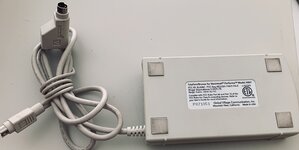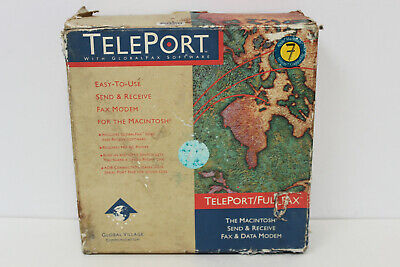Tashtari
PIC Whisperer
Figured out today what some of what the junk from register 2 means. Not surprising, really, the string comprises a firmware version (first byte), an "ID" number (second through fourth byte), and a manufacture date (low 10 bits of fifth and sixth byte) which, curiously, is specified in the number of weeks since 31 December 1989. Also strange is that the string from Dandu's modem says it was manufactured in 2002, which I can't believe is true - that's way too late in the game for a 2400 baud modem - but this is what the 'about' box in the TelePort ADB control panel says.
Unfortunately, I haven't made any progress trying to get the host to receive data from the modem. I've tried sending it data packets in the same form it sends out, but ZTerm shows no data coming from the modem. I've even tried sending random garbage to fuzz it and see if anything will come up, but nothing did.
Perhaps I'll think of something I haven't tried yet, but I may be up the creek until I can get my hands on one of the actual devices to play with...
Unfortunately, I haven't made any progress trying to get the host to receive data from the modem. I've tried sending it data packets in the same form it sends out, but ZTerm shows no data coming from the modem. I've even tried sending random garbage to fuzz it and see if anything will come up, but nothing did.
Perhaps I'll think of something I haven't tried yet, but I may be up the creek until I can get my hands on one of the actual devices to play with...



